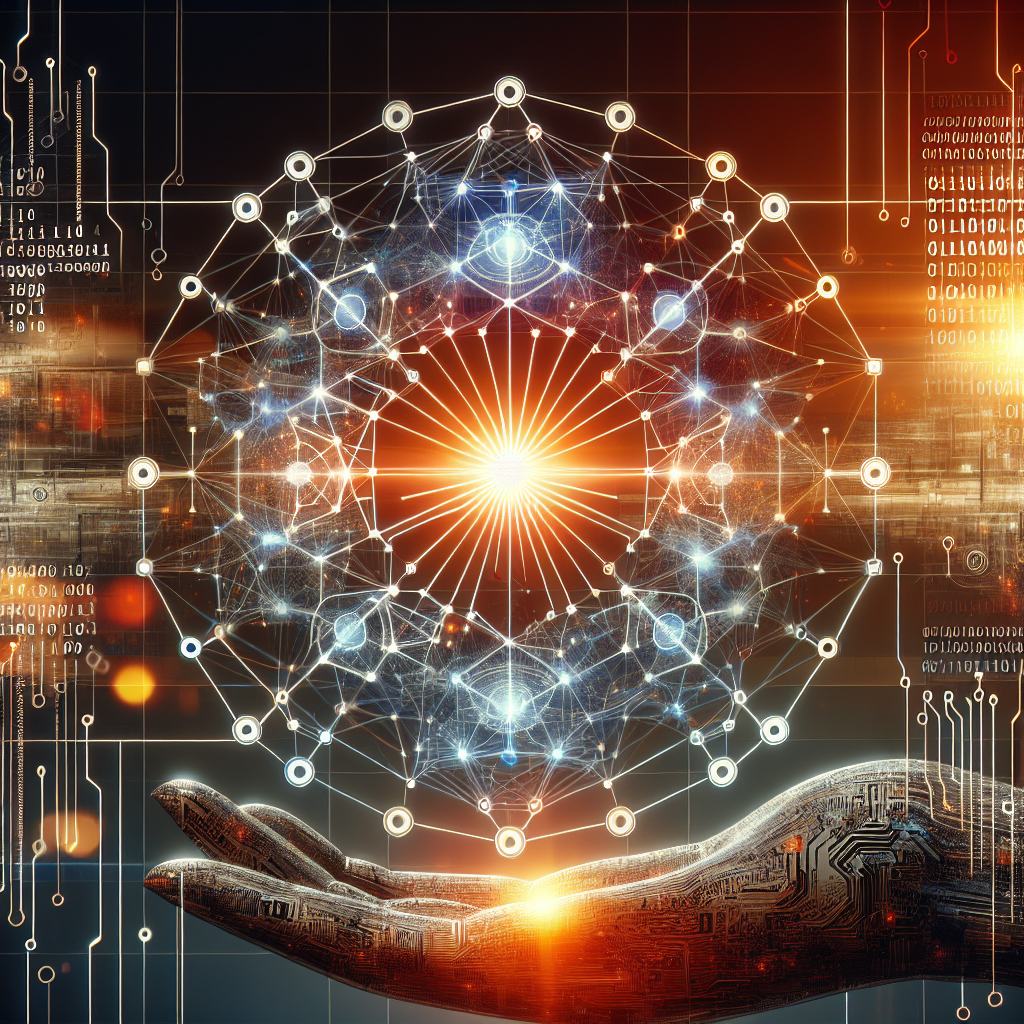Artificial Intelligence (AI) has been a rapidly evolving field in recent years, with new breakthroughs and advancements constantly being made. One of the most exciting developments in AI is the rise of Graph Neural Networks (GNNs), a powerful and versatile tool that has the potential to revolutionize the way we approach machine learning and data analysis.
GNNs are a type of neural network specifically designed to work with graph-structured data, such as social networks, citation networks, and molecular structures. Traditional neural networks are limited in their ability to capture relationships and dependencies between data points, making them less effective for tasks that involve complex interconnected data. GNNs, on the other hand, are able to leverage the inherent structure of graphs to better understand and process this type of data.
One of the key advantages of GNNs is their ability to perform tasks such as node classification, link prediction, and graph classification with high accuracy. This makes them particularly well-suited for applications in fields such as social network analysis, bioinformatics, and recommendation systems. By taking into account the relationships between data points, GNNs are able to make more informed predictions and decisions, leading to better performance on a wide range of tasks.
Another reason why GNNs are gaining popularity is their ability to handle large-scale datasets efficiently. Traditional neural networks can struggle with processing graphs that contain a large number of nodes and edges, due to the computational complexity of analyzing all possible connections. GNNs, however, are designed to operate on graphs of varying sizes, making them well-suited for tasks that involve massive amounts of data.
Furthermore, GNNs have the potential to improve the interpretability and explainability of AI models. By explicitly modeling the relationships between data points, GNNs can provide insights into how decisions are made and why certain predictions are made, making them more transparent and trustworthy for users.
Overall, the rise of GNNs represents a significant step forward in the field of AI, offering a powerful and versatile tool for analyzing and understanding graph-structured data. As the demand for more complex and sophisticated AI models continues to grow, GNNs are poised to become an essential part of the AI toolkit, shaping the future of machine learning and data analysis.
#Rise #GNN #Graph #Neural #Networks #Future,gnn


Leave a Reply